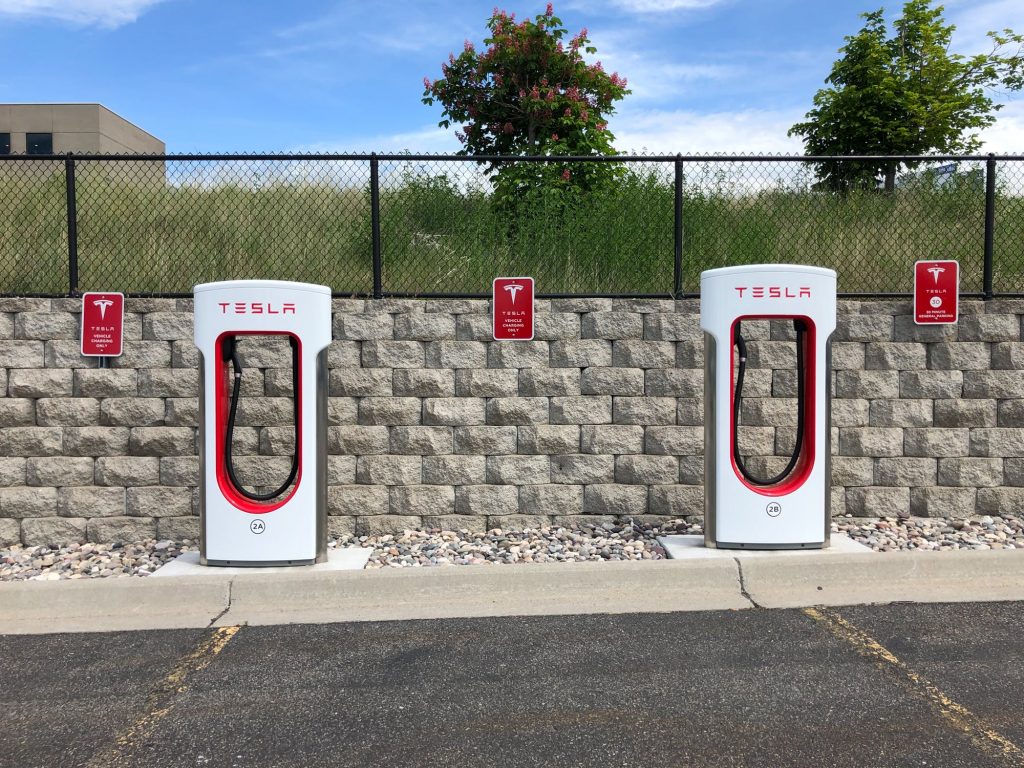The Future of the Automotive Industry is Near – Advanced technologies in the fields of robotics, artificial intelligence, and the general internet of things are creating a positive digital disruption in the automotive industry. Environmental concerns have moved governments to favour electric vehicles over those powered by internal combustion engines. Also, as people avoid full vehicle ownership and the cost of maintenance, the demand for shared cars will rise rapidly while automation will be used in virtually all aspects of vehicle production (and transportation).

A report published by PwC shows that the automobile industry workforce will be reduced by 50 per cent by 2030 and employees who still remain in the industry will spend most of their time as data engineers. Here are some of the key predictions for the automotive market over the next decade or so.
The Electric Vehicle is Here to Stay
One of the biggest changes in the automotive industry today are cars powered by electric motors with rechargeable batteries. The primary reason for this is the global move toward providing a cleaner environment with minimal carbon emissions. As major auto manufacturers plan to offer electric vehicles to the mainstream auto market for as low as $35,000, electric vehicles will gradually take over a large proportion of the global market in the coming decade.
As long as countries in Europe and Asia continue to provide tax and financial incentives for buying electric cars, more car buyers will be willing to purchase electric vehicles. Soon, electric cars are expected to be sold at lower prices than the petrol-powered models.

Car Sharing
Car sharing will offer users the option to pay per mile or per minute. With increasing connectivity and innovation, many consumers won’t need to own a vehicle to enjoy the comfort, mobility and convenience offered by a car. This will also relieve them of all responsibilities associated with car ownership such as paying for licensing, maintenance, repair, insurance, and car loans. Car sharing services that enable consumers to book for the use of a vehicle by using a mobile app are expected to grow significantly.
Autonomous Vehicles Will Improve Safety, Comfort and Speed
Presently, close to 90 per cent of road crashes are due to human error. Many crashes occur when workers are coming back from work and their concentration has dipped due to fatigue. To improve safety and reduce accidents, autonomous vehicles (or self-driven cars), that can also be driven manually, will be more accessible to mainstream car owners.
Already present on a number of models in simplified forms, autonomous cars are expected to have the capacity to reduce the time consumers spend in traffic by monitoring traffic signals in real-time and by choosing the least congested routes. They are also expected to offer crash-proof technology with superior braking systems. To eliminate some of the challenges that may arise while self-driven cars and manually driven vehicles share the same route, dedicated roadways may be designed for self-driven cars only.

A Shrinking Workforce
The assembly line workforce in the automotive body and paint shops may reduce by as much as half by 2030. Increased automation in all car assembly factories will reduce the demand for manual input on the shop-floor. Robotics will take over a large number of manufacturing functions from design to final assembly and quality assurance. The technology that will be used to manufacture autonomously guided vehicles will also be used to enhance the production of cars and cut down human-guided shop floor logistics.
A Demand for New Jobs
There will be a rapid rise in demand for new talent and jobs in the industry. The demand for software engineers will rise by as much as 90 per cent while the number of data engineers required will go up by 80 per cent. Many auto manufacturers will need these new jobs to make the best use of technologies that will lower the cost of overheads, labour and manufacturing operations.

Digitally Connected Cars
In the near future, cars will have both internal and external connectivity. This will make it possible for cars to monitor their working parts in real-time. Cars will also send and receive digital signals from other vehicles on the road. This will turn cars into data centres within a huge mobility network.
With the efficient transmission and reception of a large amount of information, road safety will improve because automakers will have a large amount of information to use for vital hardware and software updates. Embedded data sensors will help automakers to monitor the performance of vehicle components and provide new ideas for removing unwanted components and adding new features that will please car users.
New Vehicle Battery Technology
A new technology known as flow technology is expected to make the recharging of batteries quick and easy. Flow batteries are supposed to be charged within minutes using a liquid that contains electrolytes. This is expected to solve the problem that consumers currently have with charging their car batteries for longer periods and being limited to a certain number of miles per charge. However, there are still the cost, safety and reliability concerns that need to be resolved before they are adopted for use on a large scale.
With the increasing car-sharing and autonomous vehicle trends, traditional automakers will have to invest heavily in research and development to keep up with the rapidly evolving car technology. It is also an opportunity for frontline tech companies, with powerful data management capabilities, to collaborate with traditional automakers, so they can both maximize their revenues in the emerging, data-driven automobile industry.
